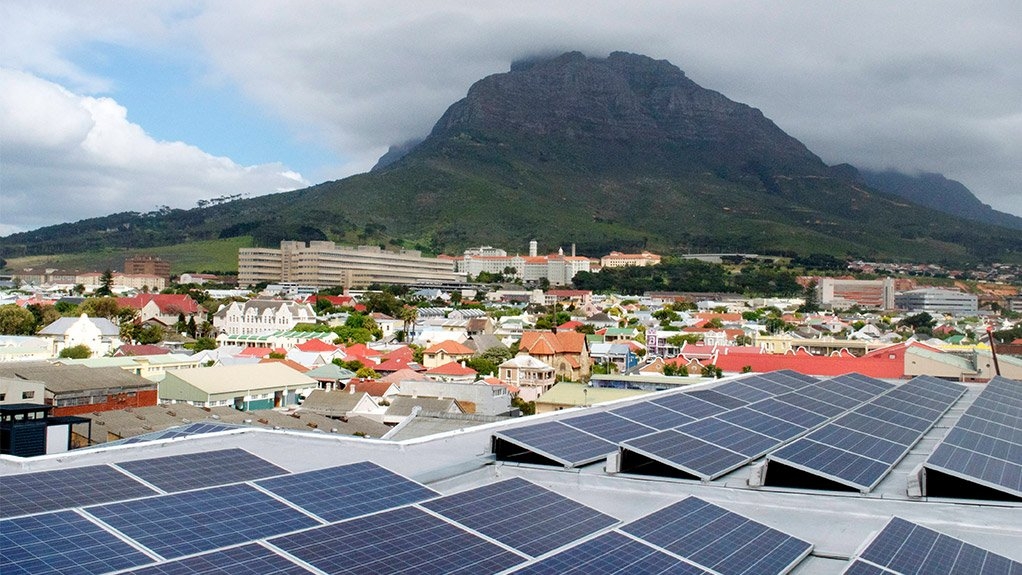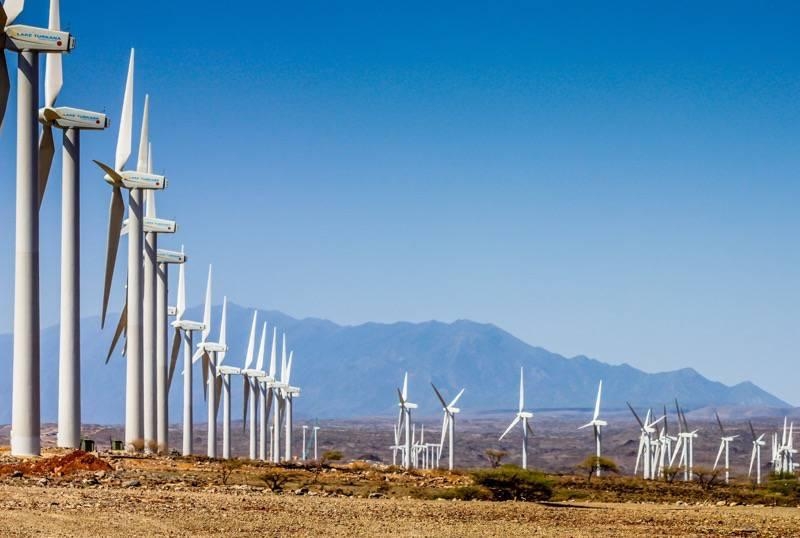

The City of Cape Town is working hard to meet its target for renewable energy to make up 20% of total energy used in the city by 2020.
It is also following international blueprints and plans to implement more renewable energyprojects, says City of Cape Townenergy executive director Kadri Nassiep. He told a South African National Energy Association event in Cape Town that the city was ramping up various initiatives, including embedded generation, but was hampered by regulatory issues.
“Renewable energy penetration is on the increase but is not as fast as we would like it to be. The independent power producer (IPP) procurement process has been fraught with regulatory and policy issues. “Cape Town has abundant wind and solar photovoltaic (PV) resources, but we need to overcome regulatory and political barriers to raise our numbers significantly.”
IPP procurement is currently only allowed by Eskom and requires Ministerial approval. The city says it has lost about 2% in annual revenue in part as a result of the sluggish state of the economy and a migration of electricity consumers to off-grid supply. Because of this, the city has spearheaded a legal challenge to ensure the Constitutional right of the municipality to buy power from independent sources.
“Currently [national government’s Renewable EnergyIndependent Power Producer Procure-ment Programme allows for new IPPs to be connected only after 2021. Nassiep said he anticipated the case would only be heard towards the beginning of next year, although the city was keen for it to go ahead as soon as possible.
“With IPPs, we could negotiate tariffs that are less than Eskom’s. Even if we offset Eskom purchases by 10% to 20%, it would have a knock-on effect that we could pass on to consumers.” Nassiep said the city was looking into various options to grow renewable energy use. It was also looking into options for procuring electricity from embedded generators or from IPPs.
Nassiep said the city was also pushing a framework for electric vehicles in the city. This included working on concepts for an electric-car-charging network, as well as mapping charge stations. He added that the uptake for rooftop PV in the Small-Scale Embedded Generation (SSEG) programme had been very positive and was growing at a rate of 6% compounded growth a month.
“The increasing trend for uptake of SSEG is expected to continue because of decreasing solar prices, increasing electricity costs, customers wanting to be environmentally responsible and businesses keen to remain competitive,” said Nassiep. He said 68% of rooftop PV installations had been on residences, although this amounted to only 9.5% in capacity.
Nassiep said the picture was “not as rosy” with public buildings, partly because the city had to divert funding towards dealing with the water crisis. “Through our sustainable energy markets department, we are in the process of identifying sites for PV systems,” said Nassiep.
More news
- CELEBRATING EXCELLENCE IN THE RESIDENTIAL PROPERTY SECTOR
- PART 4: GIBS PANEL DISCUSSES INTEMEDIATE CITIES ROLE IN AFRICA’S DEVELOPMENT
- EXPOSED AGGREGATE PAVERS COMPLEMENT NEW LIFESTYLE CENTRE
- GIBS PANEL EXPLORES ROLE OF INTERMEDIATE CITIES IN SA’S DEVELOPMENT PART 3
- CITI-CON’S CONCRETE KNOWLEDGE SUCCESSFULLY DEPLOYED ON NEW LANDMARK DEVELOPMENT





